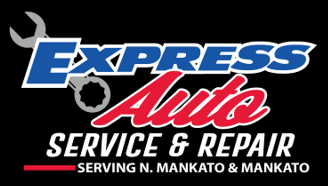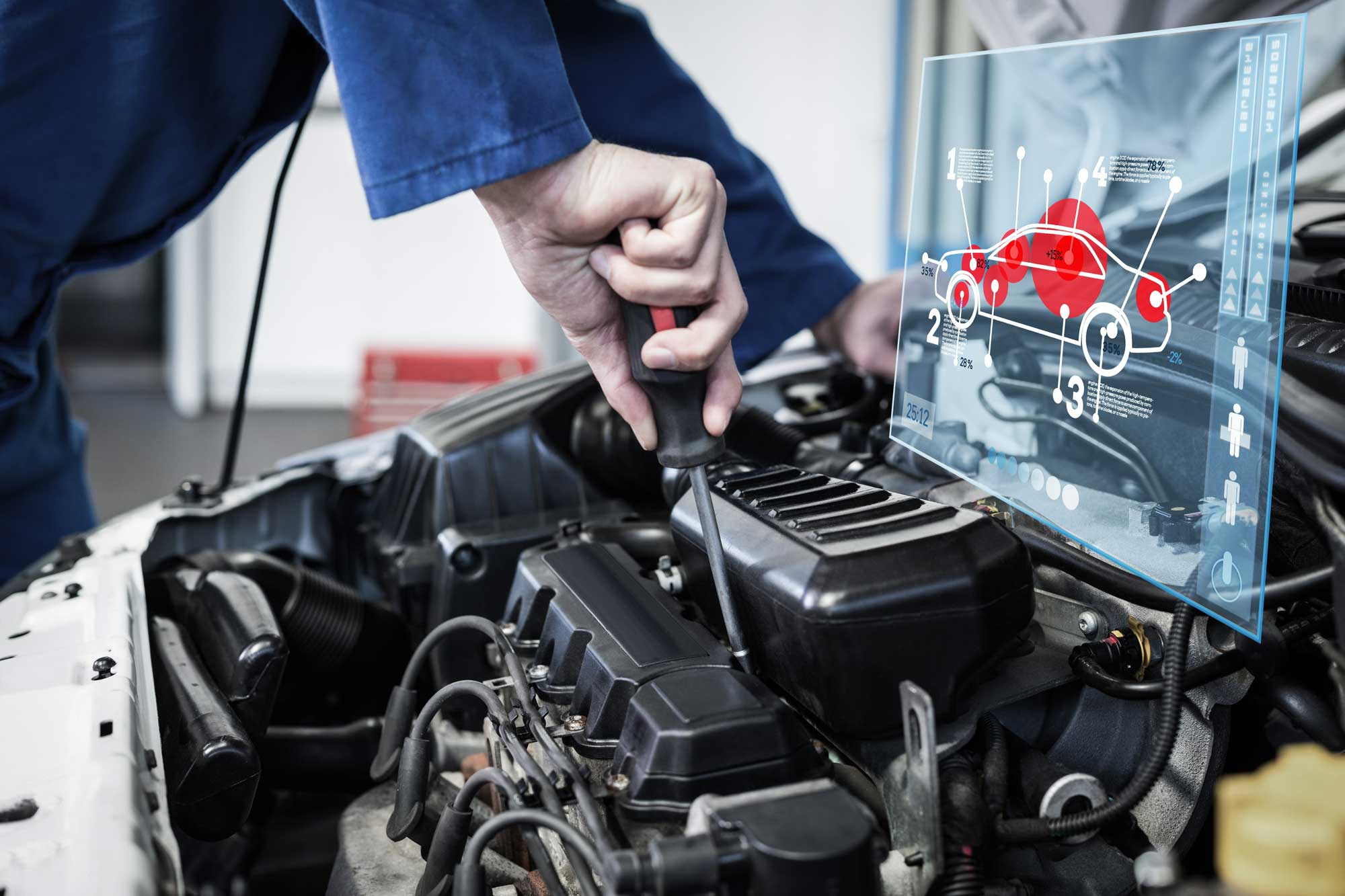Automotive Repair: What’s the Problem?
The key to good automotive repair lies in troubleshooting any problems early on before they get too big! For example, if your car won't start, there are a number of things that could be causing the problem. Proper troubleshooting can eliminate potential issues that aren't the real problem and pin-point a specific area where the problem lies. There's no bigger waste of money than repairing or replacing an auto part only to find out it wasn't the problem. These troubleshooting tips should help out and save you both time and money, not to mention frustration!
Common Troubleshooting Issues:
Troubleshooting has to start out simple and provides a good starting point for the mechanic in determining what needs to be done. The common problem areas in automotive repair are:
- Brake Problems
- No-Start Problems
- Automatic Transmission
- Suspension System
- Engine Performance
- Strange Noises
- Warning Lights
OBD (On Board Diagnostics) Evaluation:
Today's automobiles are equipped with troubleshooting systems called "On Board Diagnostics" (or OBD). These systems take thousands of readings from your car's sensors, continuously compiling information about how everything's working. When something is wrong, the system sends out a code and often triggers the "Check Engine" light. When this happens, get your vehicle to an automotive service center to determine what the code number means and what can be done to fix it.
Guide to Regular Automotive Service:
- Oil Changes. Have all fluids and filters (oil, coolant, brake fluid and transmission fluid) checked and changed at the recommended intervals.
- Brakes. An inspection of the braking system should take place before you notice signs of problems.
- Lights. Make sure all your vehicle's lights are working properly. New bulbs only cost a few dollars and are easy to install, or go to an automotive service center for assistance.
- Windshield. Replace your windshield wiper blades if they are more than six months old. Keep the washer fluid reservoir filled so you have a clear line of vision through your windshield.
- Tires. Keep the correct inflation pressure in each tire, stay on schedule with tire rotation, and replace tires when the tread gets too thin. Don't forget the spare!
If issues are caught early on, a minor automotive repair may take care of the problem. Spending time and money on regular automotive service is an investment in the safety and drivability of your vehicle.
Need to find quality automotive repair? Contact our ASE-certified technicians today at Express Care Auto by calling 507-625-8005, or go on-line at www.expresscareautomn.com for more information about automotive service. Our auto shop serves vehicle owners in Mankato, MN, and the neighboring communities of North Mankato, MN, New Ulm, MN, and St. Peter, MN.
facing any car problems? The key to automotive repair is correctly diagnosing the problem. Schedule an Automotive Service for the expert diagnostic test.The key to good automotive repair lies in troubleshooting any problems early on before they get too big! For example, if your car won't start, there are a number of things that could be causing the problem. Proper troubleshooting can eliminate potential issues that aren't the real problem and pin-point a specific area where the problem lies. There's no bigger waste of money than repairing or replacing an auto part only to find out it wasn't the problem. These troubleshooting tips should help out and save you both time and money, not to mention frustration!
Common Troubleshooting Issues:
Troubleshooting has to start out simple and provides a good starting point for the mechanic in determining what needs to be done. The common problem areas in automotive repair are:
- Brake Problems
- No-Start Problems
- Automatic Transmission
- Suspension System
- Engine Performance
- Strange Noises
- Warning Lights
OBD (On Board Diagnostics) Evaluation:
Today's automobiles are equipped with troubleshooting systems called "On Board Diagnostics" (or OBD). These systems take thousands of readings from your car's sensors, continuously compiling information about how everything's working. When something is wrong, the system sends out a code and often triggers the "Check Engine" light. When this happens, get your vehicle to an automotive service center to determine what the code number means and what can be done to fix it.
Guide to Regular Automotive Service:
- Oil Changes. Have all fluids and filters (oil, coolant, brake fluid and transmission fluid) checked and changed at the recommended intervals.
- Brakes. An inspection of the braking system should take place before you notice signs of problems.
- Lights. Make sure all your vehicle's lights are working properly. New bulbs only cost a few dollars and are easy to install, or go to an automotive service center for assistance.
- Windshield. Replace your windshield wiper blades if they are more than six months old. Keep the washer fluid reservoir filled so you have a clear line of vision through your windshield.
- Tires. Keep the correct inflation pressure in each tire, stay on schedule with tire rotation, and replace tires when the tread gets too thin. Don't forget the spare!
If issues are caught early on, a minor automotive repair may take care of the problem. Spending time and money on regular automotive service is an investment in the safety and drivability of your vehicle.
Need to find quality automotive repair? Contact our ASE-certified technicians today at Express Care Auto by calling 507-625-8005, or go on-line at www.expresscareautomn.com for more information about automotive service. Our auto shop serves vehicle owners in Mankato, MN, and the neighboring communities of North Mankato, MN, New Ulm, MN, and St. Peter, MN.


